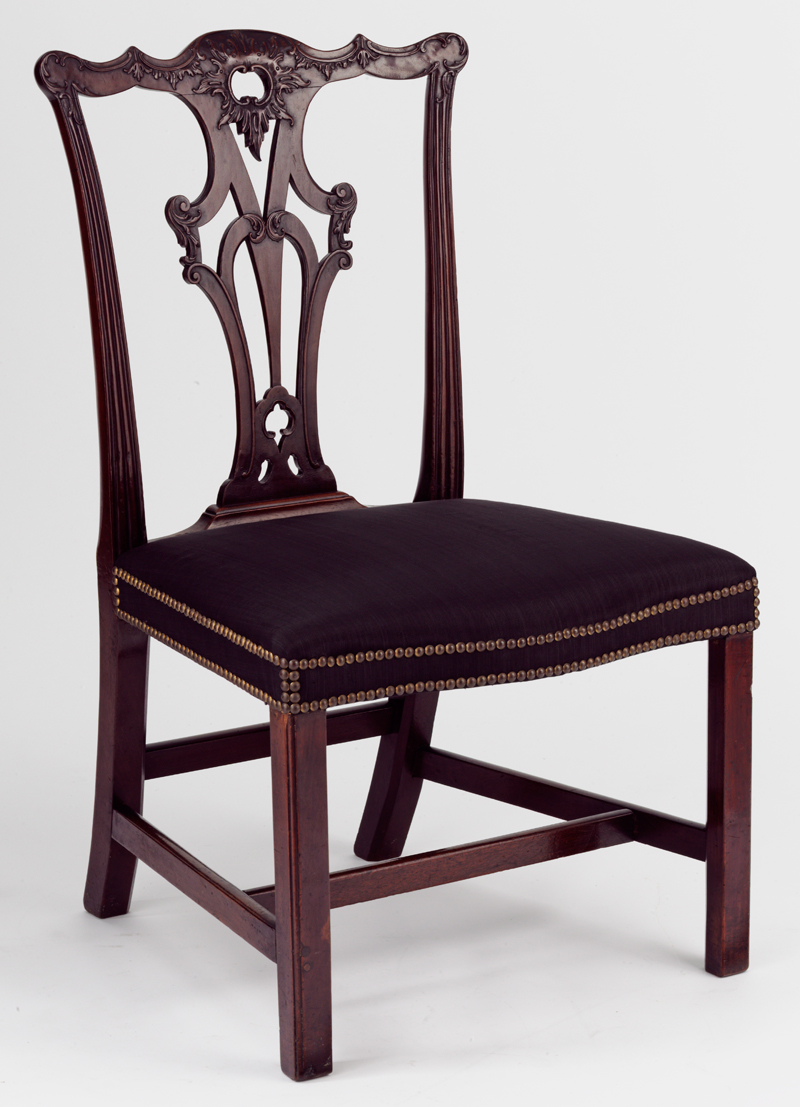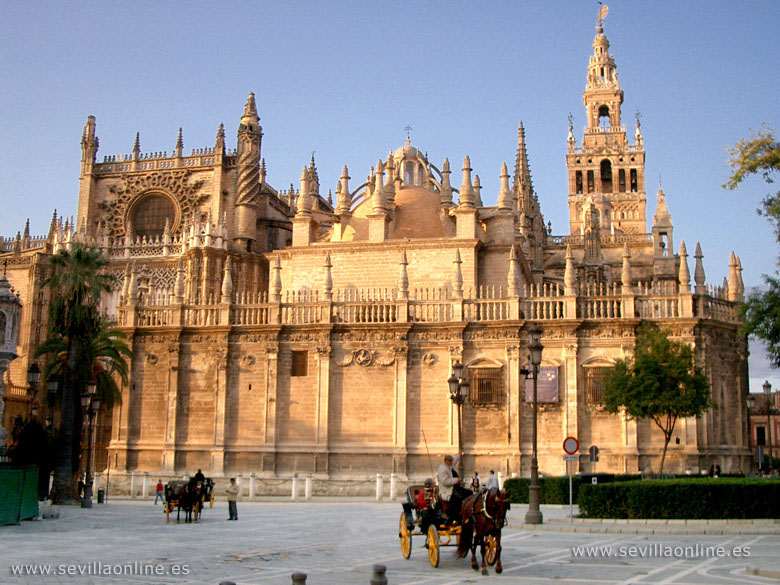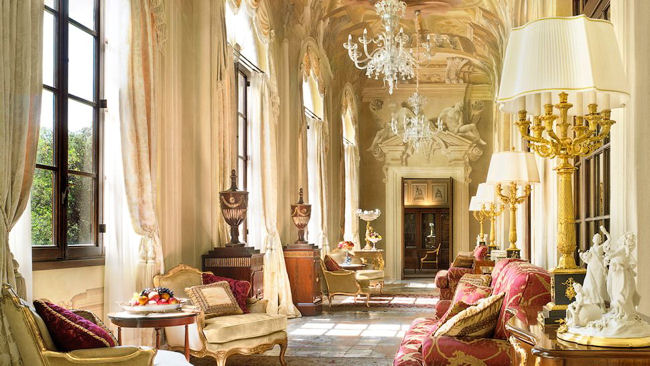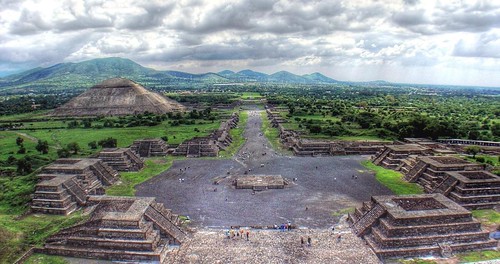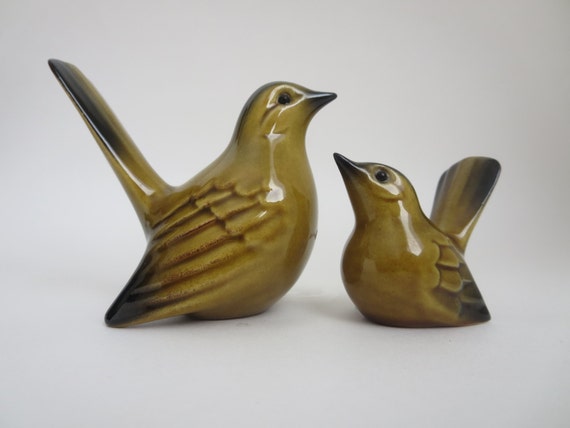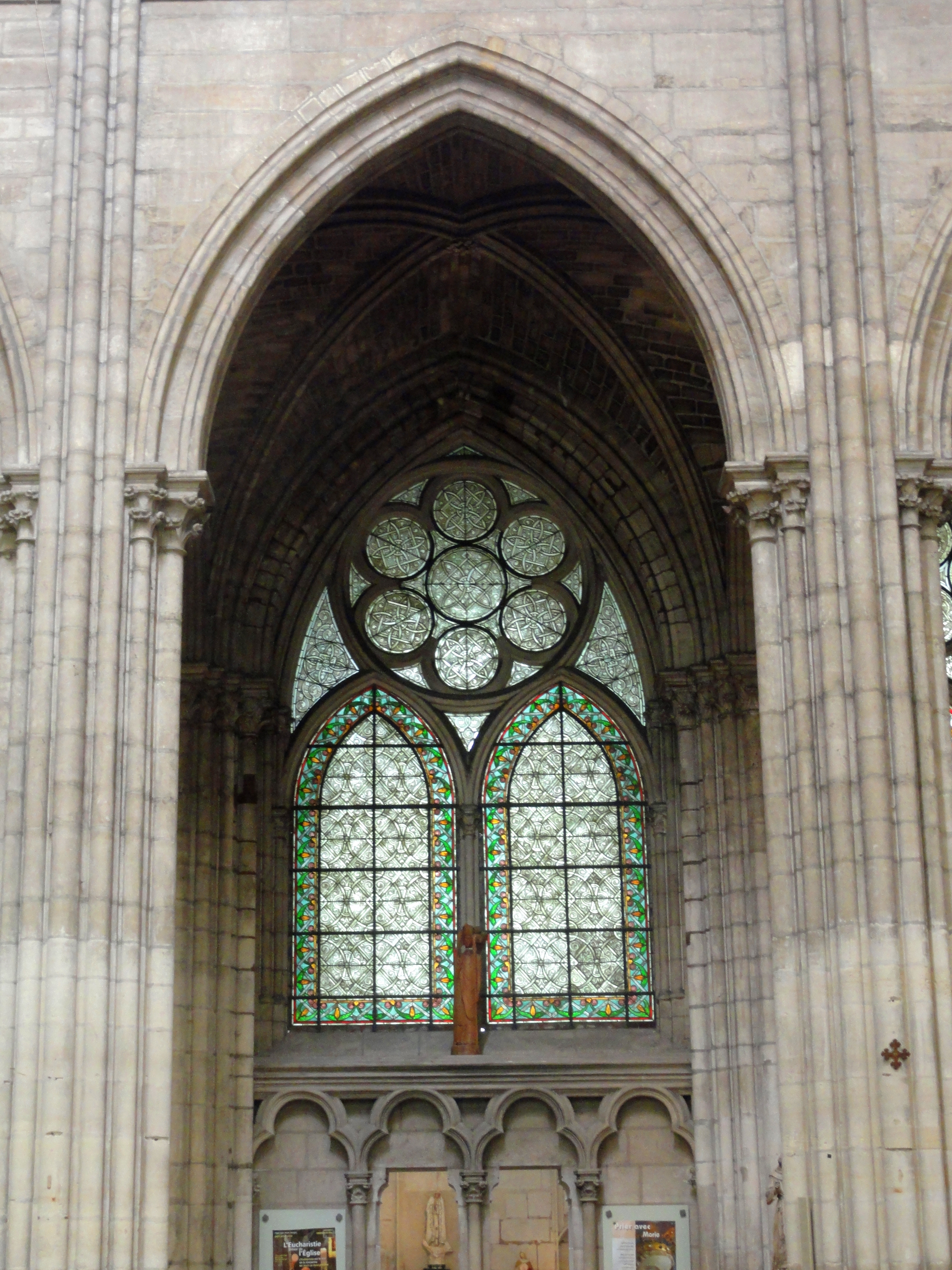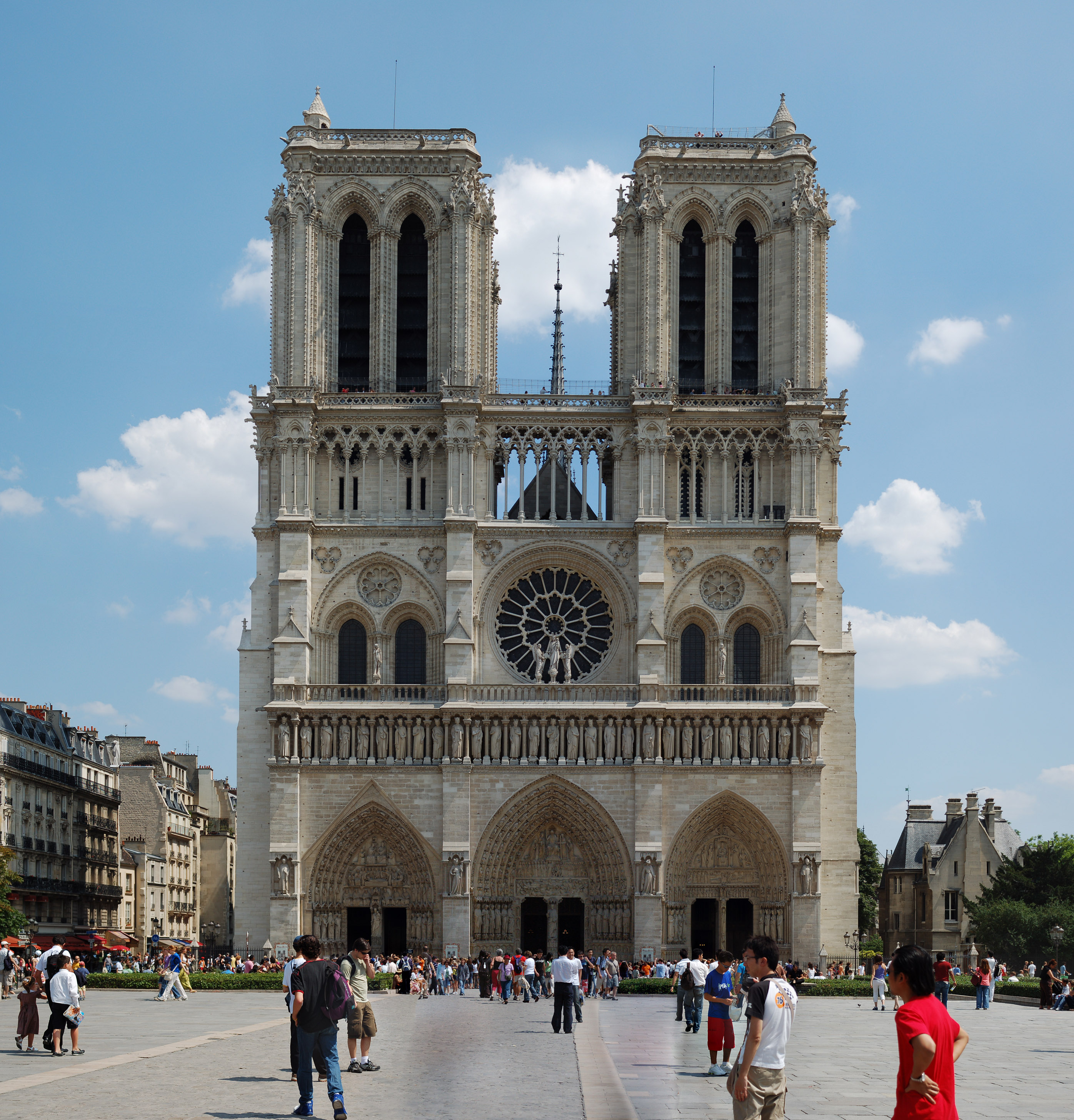For the American period, I was in intrigued by the colonial style. The American colonies were built and established on fresh land and had to be built from the ground up. That being said, materials were scarce and had to be imported. Once resources became more accessibl, the Colonial or Early American style was created and ranged from 1565-1776.

17th century home above.

18th century home above.
As for today's current design, the colonial style is commonly used today. It is a well known style and is shown in many modern day homes, as seen in the images below. These images show the classic design of the colonial period and how it is still used in current applications of design.


For the American period I decided to view Jessica and Lindsey's blogs. Jessica talked about the different types of colonial period from Dutch to French to German, etc. I found it very interesting and learned a little more from each set design. Lindsey also focused on the differnt reigons of colonial style. Both blogs discussed the colonial style from all reigons of European countries which was different from what I talked about, overall I found both blogs very imformational.
References


